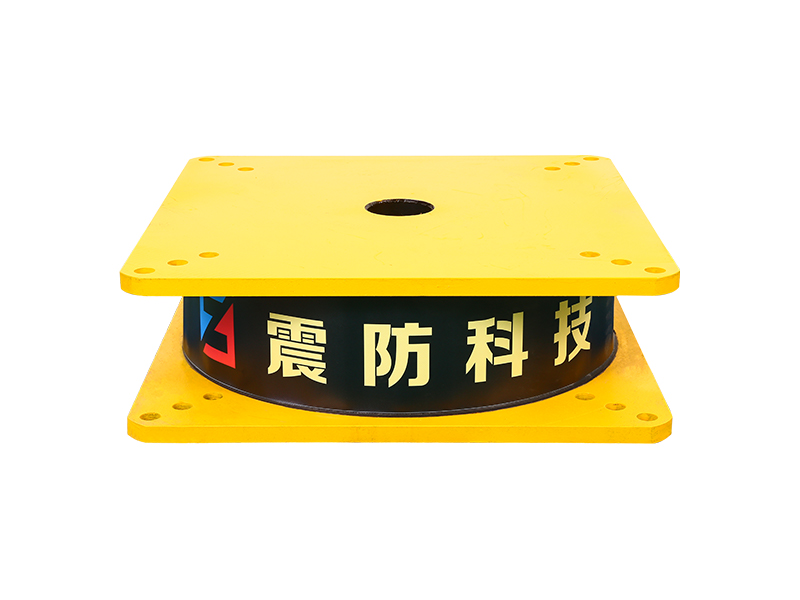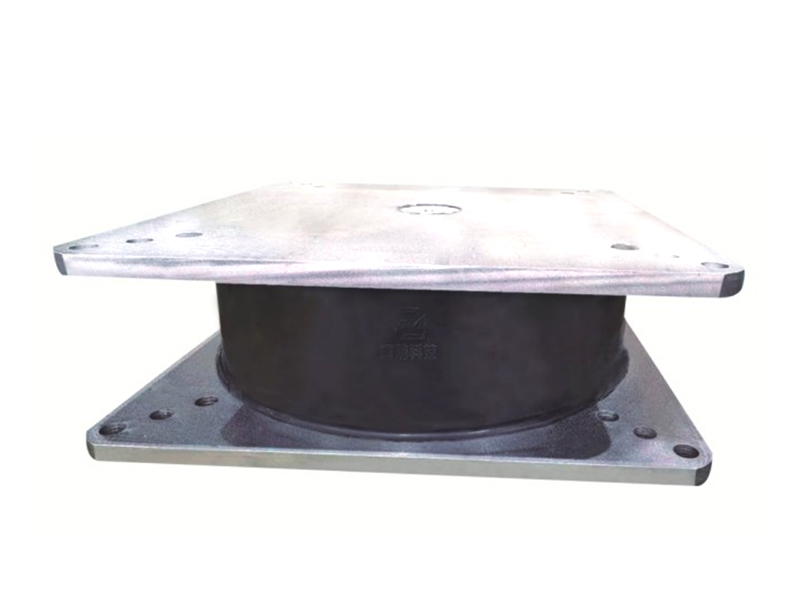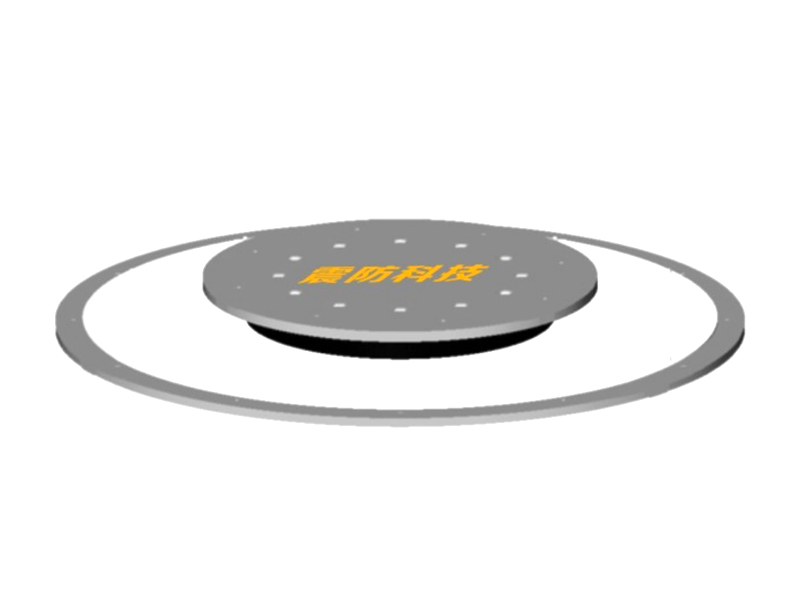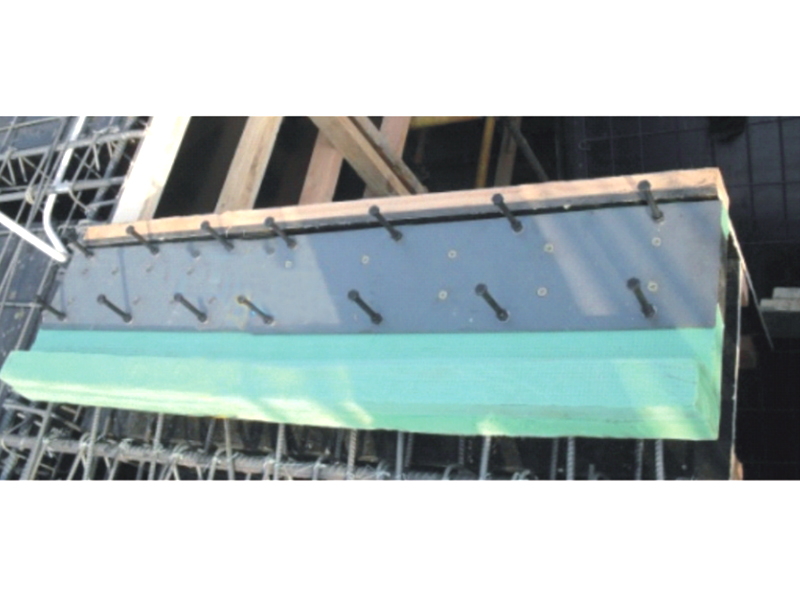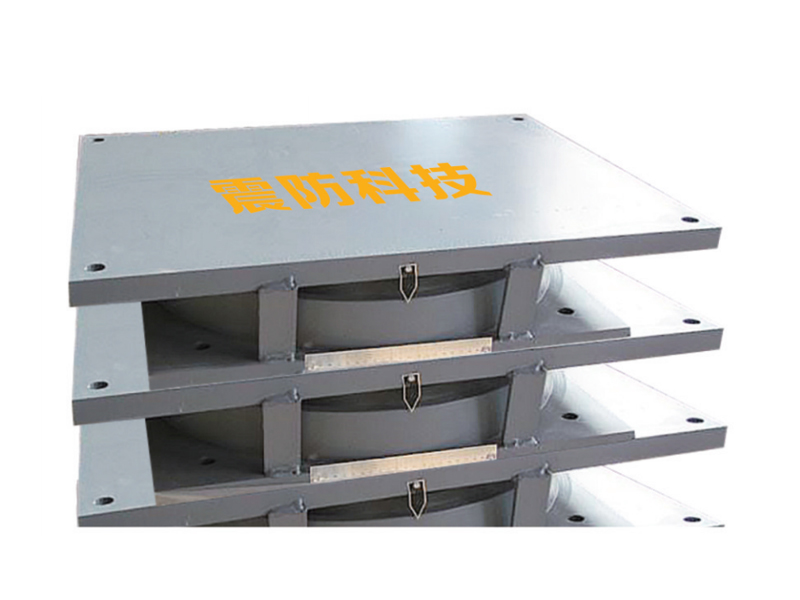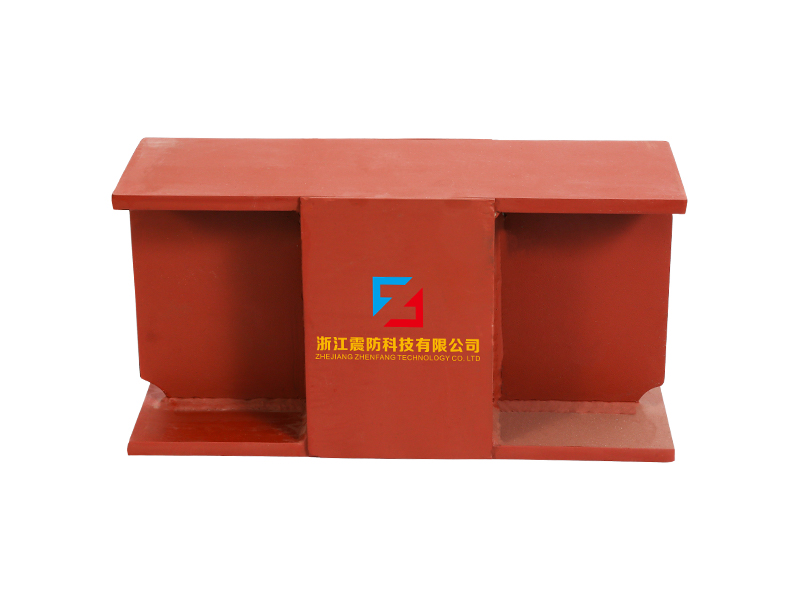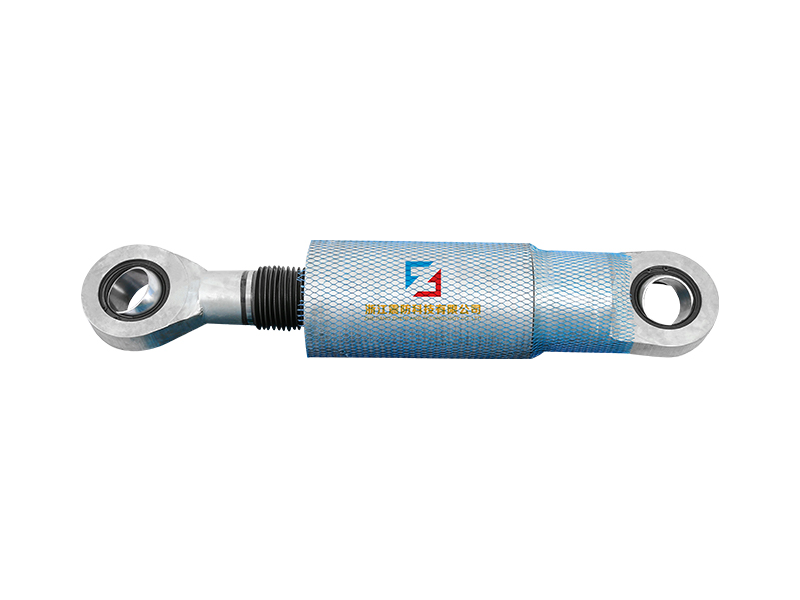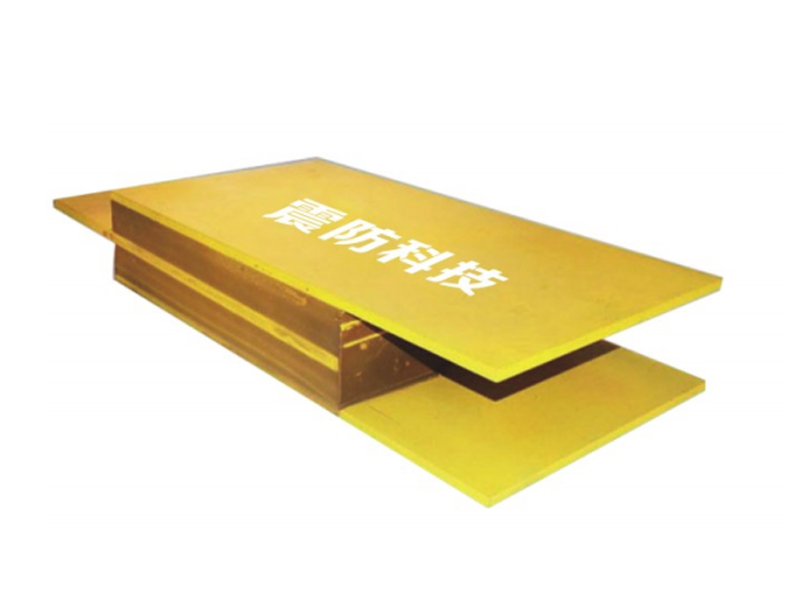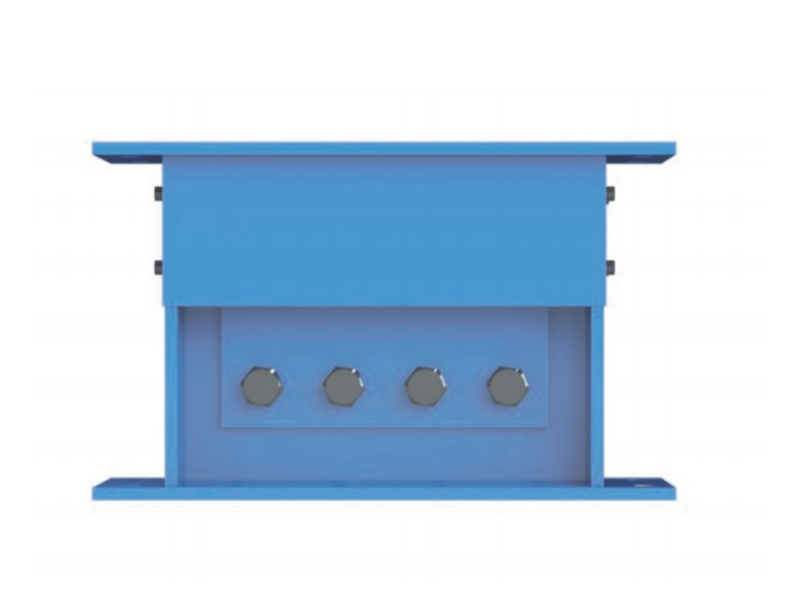The company has been adhering to the corporate tenet of "quality first, customer first", and sincerely welcomes domestic and foreign customers to visit and guide.
GET A QUOTEWhen an earthquake, typhoon, or even heavy traffic shakes the ground, a building’s enemy is its own stiffness. Rigid structures fight motion with brute force, concentrating stress at joints and risking catastrophic failure. Building damping isolation—an umbrella term for base-isolation bearings, viscous dampers, tuned mass dampers, and other energy-dissipating devices—offers a different strategy: absorb the motion before it reaches sensitive structural members. Yet the technology costs more up front, demands specialized maintenance, and still prompts a deceptively simple question: is building damping isolation worth installing?
The short answer is “yes,” but only when engineers align performance targets with life-cycle economics and social priorities. In seismic zones, the evidence is overwhelming. Japan’s 1995 Kobe earthquake destroyed more than 100,000 conventional buildings, while the handful that employed rubber-lead base isolators emerged largely unscathed. Retrofitting the 1930s-era Los Angeles City Hall with 416 high-damping rubber bearings cost about 2 % of the building’s replacement value; after the 2019 Ridgecrest quake, post-event inspections showed zero structural damage and only superficial plaster cracks. The avoided downtime alone—City Hall reopened the next morning—justified the retrofit’s entire budget within a single seismic event.
Beyond earthquakes, wind-induced vibration can erode occupant comfort and long-term fatigue resistance. Taipei 101’s 730-ton tuned mass damper, a golden pendulum suspended like an inverted wrecking ball, cuts peak accelerations by 40 % during typhoons. Office workers report fewer motion-sickness complaints, and insurers have lowered annual goods for upper-floor tenants by up to 15 %. The damper added roughly 0.5 % to total construction cost, but rental goods for “above damper” floors have already paid it off twice over.

Critics point to price tags: base-isolated hospitals can run 5–6 % higher than fixed-base equivalents, and dampers add another 1–3 %. Yet those numbers shrink when life-cycle costs enter the ledger. A California hospital study found that incorporating 48 fluid viscous dampers raised initial outlay by $3.2 million but cut expected earthquake losses by $12 million in net present value. When the Federal Emergency Management Agency (FEMA) factors in casualty reduction, every dollar spent on seismic isolation returns four to society.
Maintenance is another concern. Rubber bearings age; damper seals can leak. Still, many devices require inspection only every five to ten years, a frequency comparable to elevators. Japan’s Ministry of Land reports that properly maintained isolation systems retain 90 % of their original performance after 35 years—longer than many HVAC units.
The verdict crystallizes at the intersection of risk and responsibility. In high-seismicity regions, or for critical facilities that must remain operational after disasters, building damping isolation is not a luxury; it is fiduciary prudence. For low-risk warehouses or suburban housing, the equation may flip. Yet even here, insurers increasingly reward owners who exceed codes. In 2024, the Global Resilience Index Initiative began offering “resilience credits” that can shave up to 8 % off annual goods for damped or base-isolated structures.
Finally, the question is less about technology than about values. Buildings are long-term bets on safety, comfort, and economic stability. Installing damping isolation turns that bet into a diversified portfolio: a modest good today against the catastrophic downside of tomorrow. So yes—if you measure worth not just in dollars but in lives saved, businesses uninterrupted, and cultural landmarks preserved—building damping isolation is worth installing.
